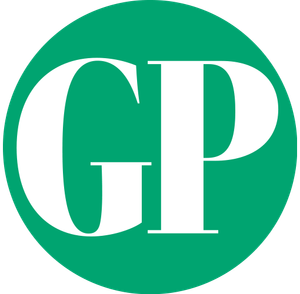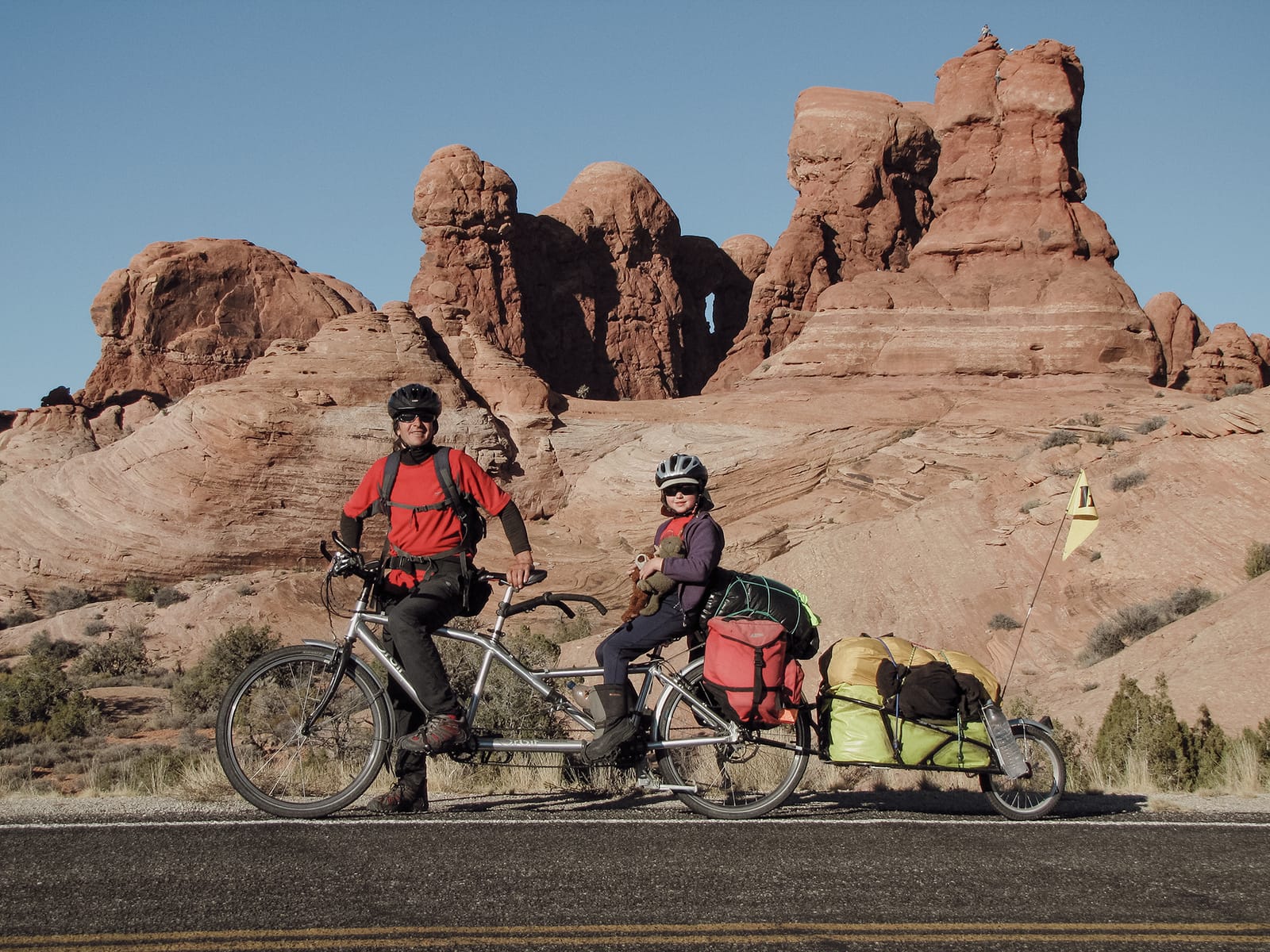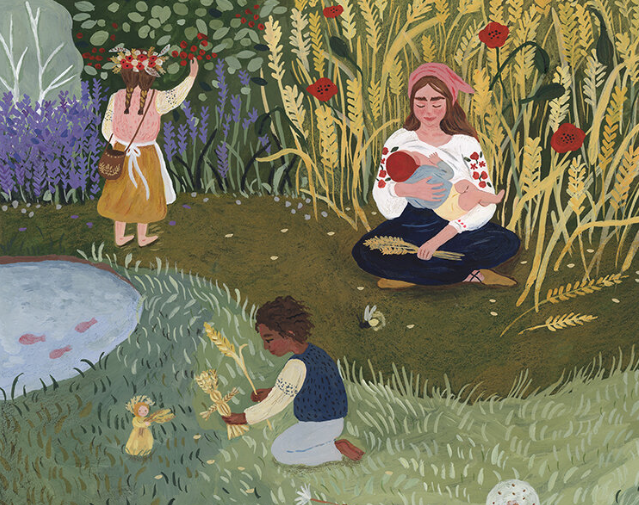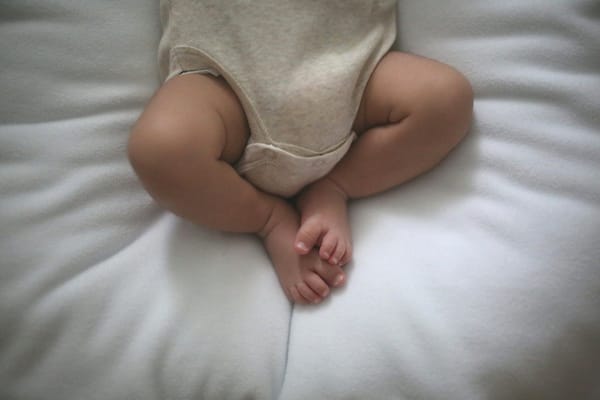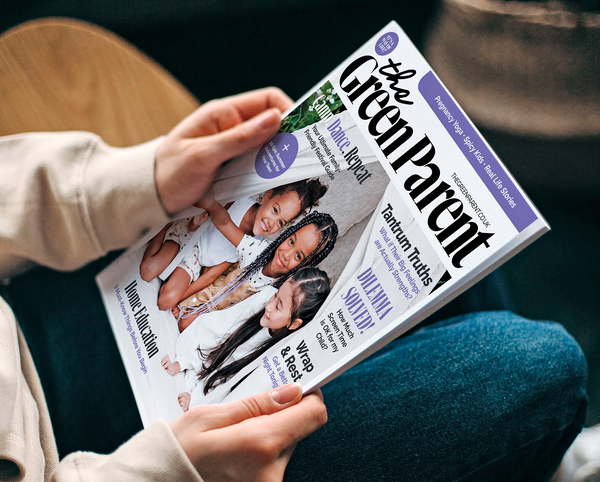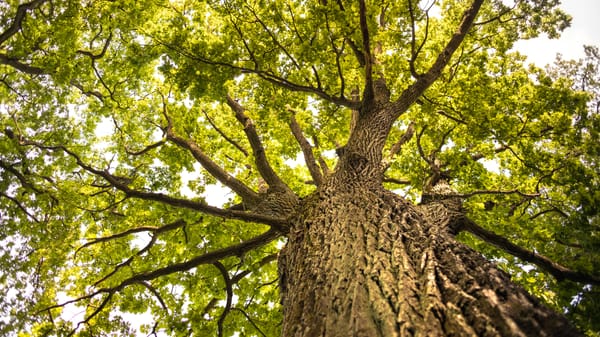New parents often promise themselves that having a child won't change their lives. Sean Tomlinson and Ingrid Hobba lived up to the promise
Sean, our daughter Kate, then 8 years old, and I cycled from Inuvik in Arctic Canada to Punta Arenas at the Southern tip of Chile on a single bike and a tandem pulling two Bob trailers.
The journey of about 16,500 miles took us through 14 countries and lasted 2 years. Before the trip, Sean and I were planting trees in the North West Highlands of Scotland and Kate was at primary school. We were always inspired by the idea of making a very long journey. We wanted arriving somewhere new and unknown to us every evening to become part of our daily lifestyle. And this added to the challenge of aiming to reach a final destination. There were several places throughout the Americas that we had always wanted to visit, and we started looking at how we might link these together cheaply in a single trip, by cycling from one place to the next. A plan began to form – cycling from North to South taking in as many highlights as possible along the way. This seemed to be a good time to do it as Kate was the perfect age – old enough to remember and benefit from her experiences, but not yet a reluctant, stroppy teenager! We feared that if we left it a few more years that Kate would not want to miss out on school and her social life. This has turned out to be one thing that we were dead right about. We are lucky to get her to ourselves for one day every other weekend now and I’m glad we made the most of her pre-teen years!
“When we first packed the trailers and pannier bags, we realised that we were hopelessly overloaded and had to give half our gear away”
For me, a highlight was the kindness of strangers. It’s true that travelling like this on a budget really restores your faith in human nature as a cycle tourist can be quite vulnerable. Though we heard one or two scary stories, we were amazed at the generosity and hospitality of strangers throughout our journey and their concern for our wellbeing especially in the more “dangerous” areas. One of the first of many unforgettable examples of people’s kindness was on the Dempster Highway in Canada when we arrived at the Eagle Plains Hotel, (the only building in 400 miles), filthy, sore and itching after a week of thick dusty gravel roads, mosquitoes, heat and constant daylight. We went to reception to buy a drink and ask about camping in the yard, only to be told that we already had a room booked! Brad, a motorcyclist who had stopped and chatted briefly with us on the road before continuing to Dawson City had paid for a room for us. The cost of a room in Canada was way beyond our budget. I was tearful with joy, which brings me to another highlight of this lifestyle – the buzz that you get from simple pleasures – a shower when you’re really filthy, a meal when you’re starving hungry, finding safe affordable accommodation when you’ve been camping outside petrol stations for days, watching “Friends” in English in Peru, finding real cheese in a shop! All these small luxuries that we take for granted in our comfortable homes become incredibly special when you’ve been without them. Another experience that sticks in my mind is a man in Mexico who thought it was unsafe for us to camp at a petrol station. He took us across the fields to a tiny one-roomed house with a bed and lots of statues of the Virgin Mary and asked us to sleep there. He told us that it was his brother’s house who was away and that his own house was nearby. It wasn’t though. It was his house and in the morning we saw him sleeping in a hammock outside! Then there was the fierce, huge looking guy, covered with tattoos who pulled up and waved us over to his car near the Mexican border. We had been warned not to approach anyone in a parked car but he was determined. He opened up his boot, pulled out a table, 6 chairs, then his wife and 3 kids (not from the boot) and insisted that we join his family to eat.
No concrete plan
Having planned the trip looking at an old atlas, we weren’t even sure if there was an actual route. Reading the Vogel’s Family on Bikes blog (a family cycling the Panamerican Highway a few months ahead of us) helped to reassure us that this was something that ordinary people actually were doing and that we wouldn’t be arrested for child neglect! However, other than buying the bikes and trailers and our tickets to Inuvik, we pretty much made up the rest as we went along. I think with a trip like this there’s only so much preparation you can do. If we had waited until we were 100% ready and had researched everything we needed to know we would probably never have set off! We didn’t have enough money to buy fancy cycling gear so, with the exception of the bikes and trailers we used the gear we already had for kayak camping (generally not lightweight). When we first packed the trailers and pannier bags (in Inuvik itself), we realised that we were hopelessly overloaded and had to give half our gear away. I couldn’t pull a trailer without falling off and things got worse when we hit the 500 miles of loose gravel of the Dempster Highway. I must have pushed the bike for more of that road than I cycled and our mileage at first was half of what we had hoped. It was a pretty steep learning curve to begin, both in terms of knowledge and fitness with but gradually we began to get a system worked out and our muscles (and bottoms) became accustomed to what we were asking of them!
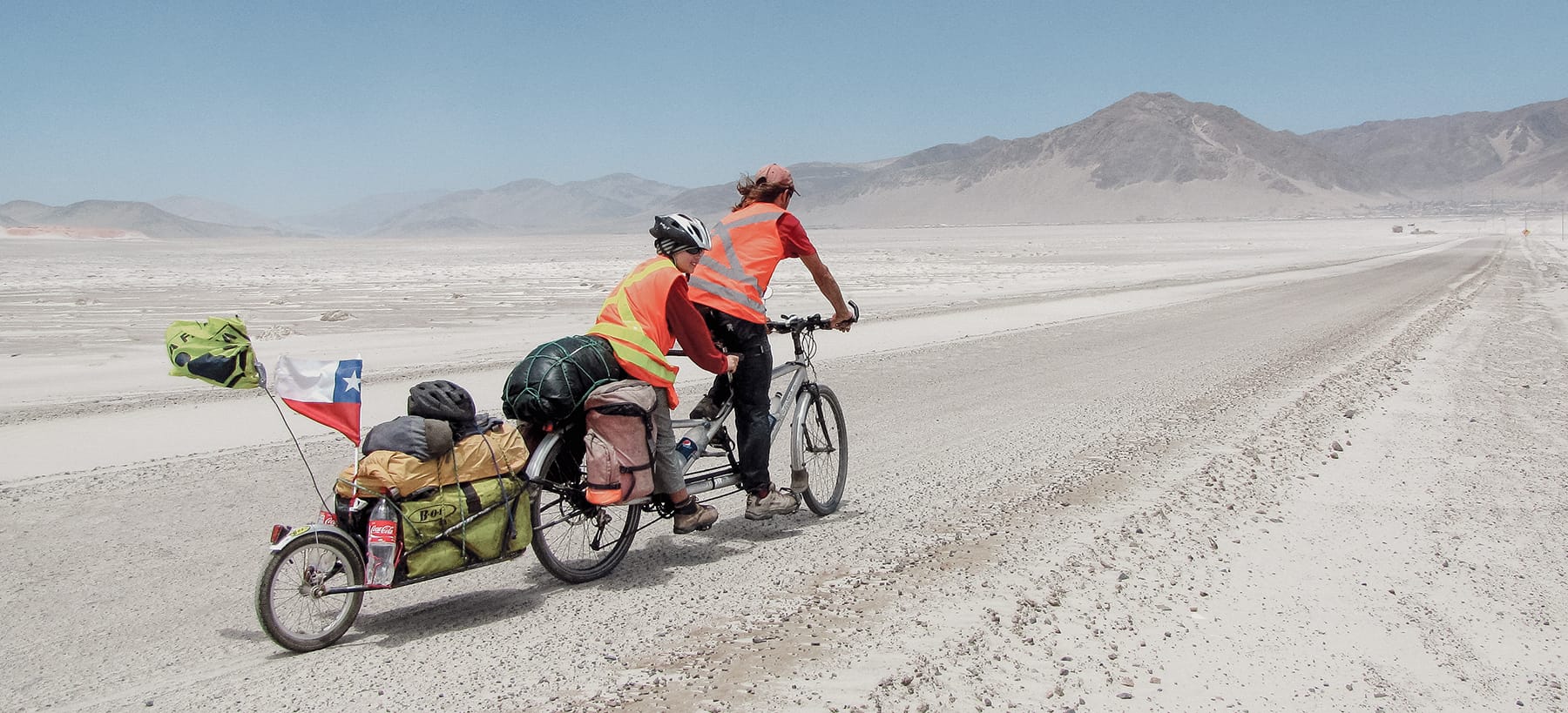
Travel on a budget
Practically, we saved enough for the bikes and flights plus enough living money for £600 a month. For Canada and the USA this meant camping every night and getting food from supermarkets. This got tougher as we got into Central America as there were few campsites, rooms were still out of our budget and we had been advised that it might not be safe to simply pitch our tent on the side of the road. We had to use our very basic Spanish to ask people if we could camp outside their petrol station, restaurant, church ground, school or farmhouse. Once again the hospitality of people helped us keep to our budget. In South America (excluding Chile and Argentina) the Hostals, Hospedajes and Residenciales provided rooms for 10 to 15 dollars and we discovered that most restaurants do an Almuerzo or Menu del Dia, a set 3 course lunch which, at around $2, was much cheaper than A la Carte so we would buy our main meal at lunch time half way through our daily mileage and have bread, etc. in the evening. Buying local produce from markets and stalls on the side of the road was also very cheap.
Learning from others
There is a great internet group called Panamerican Riders which I would recommend to anyone cycling through the Americas. People post questions and information about the route such as roads, bike shops, spares, danger spots etc. enabling everyone in the group to share knowledge and learn from each other’s experiences. Although reasonably-seasoned travellers with kayaking and trekking, we were completely new to cycle touring. Although we could ride bikes, we did not own one, had never done an overnight cycling trip even in Britain and had never cycled on unpaved roads before. So, how did we make the dream a reality? Basically we decided that we wanted to do it so therefore we could and would. This is the first major step towards making a dream happen.
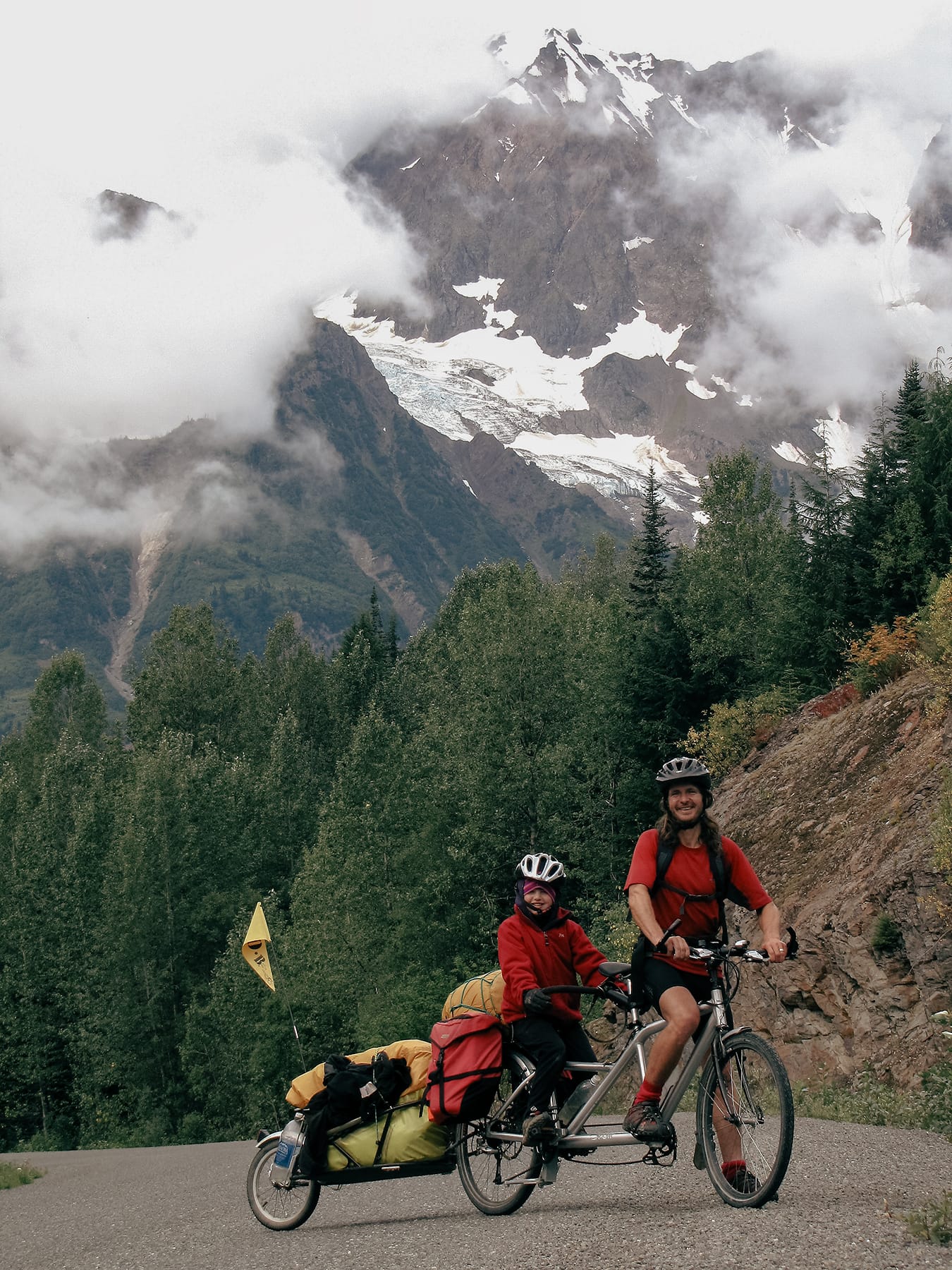
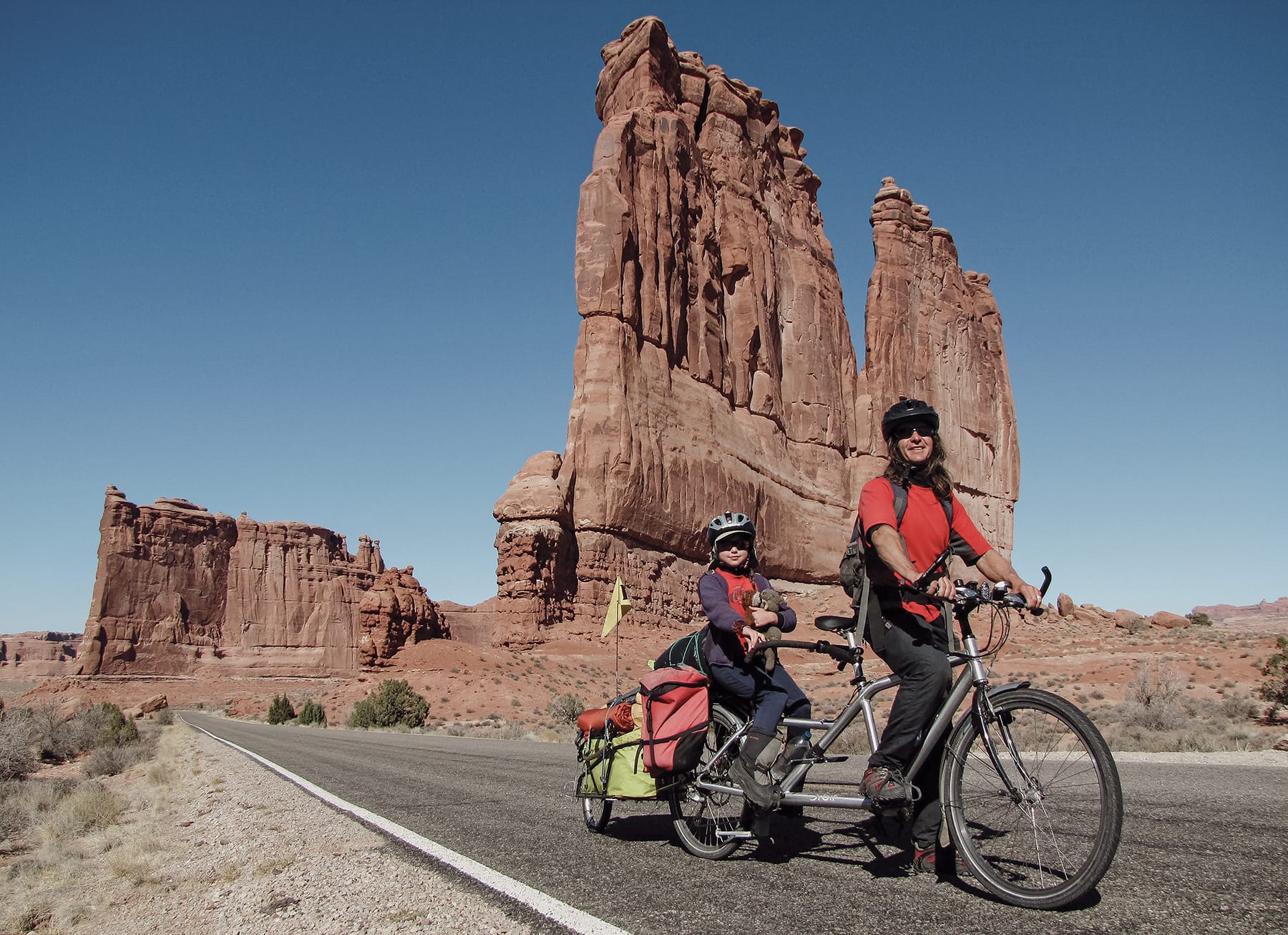
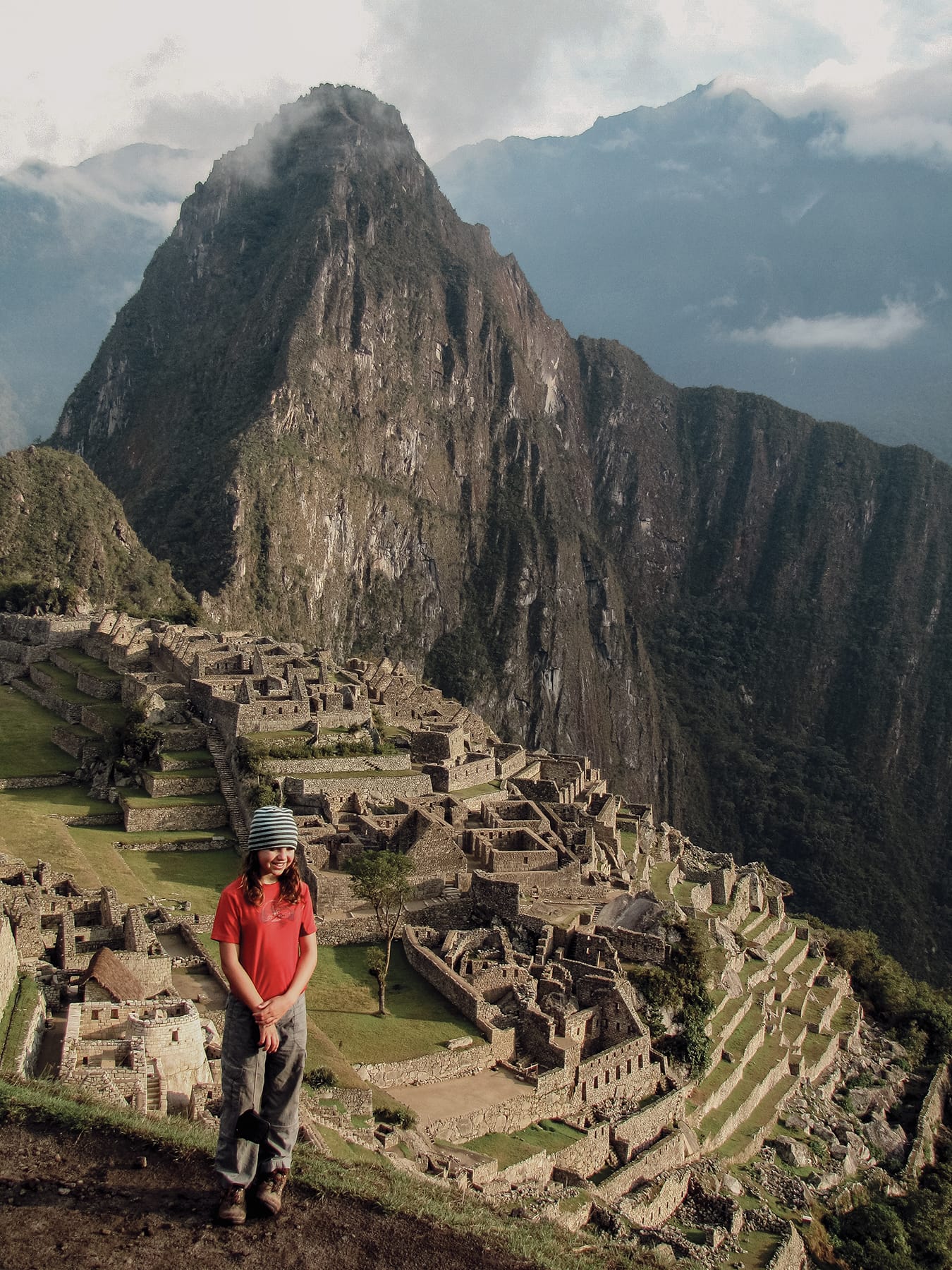
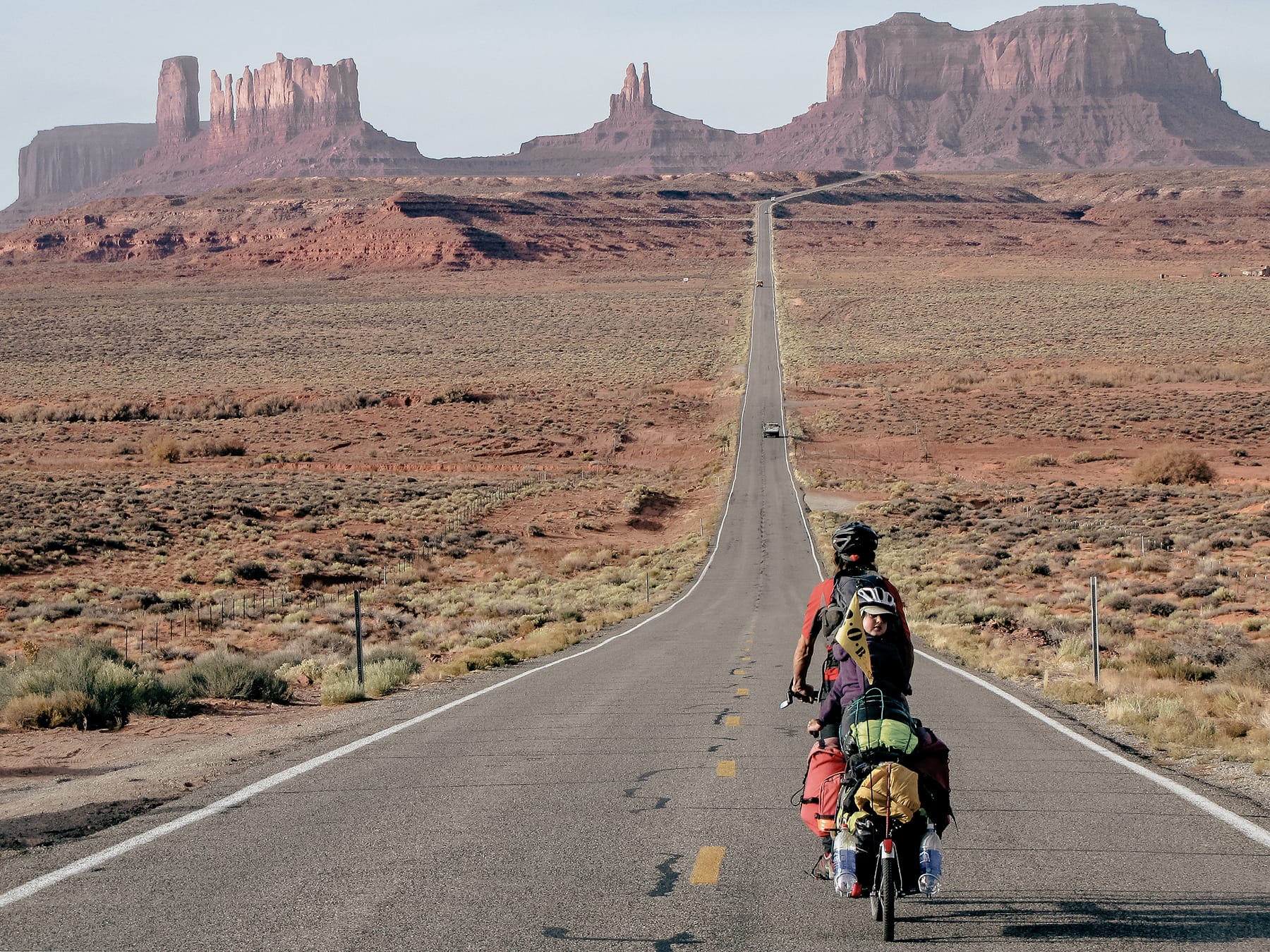
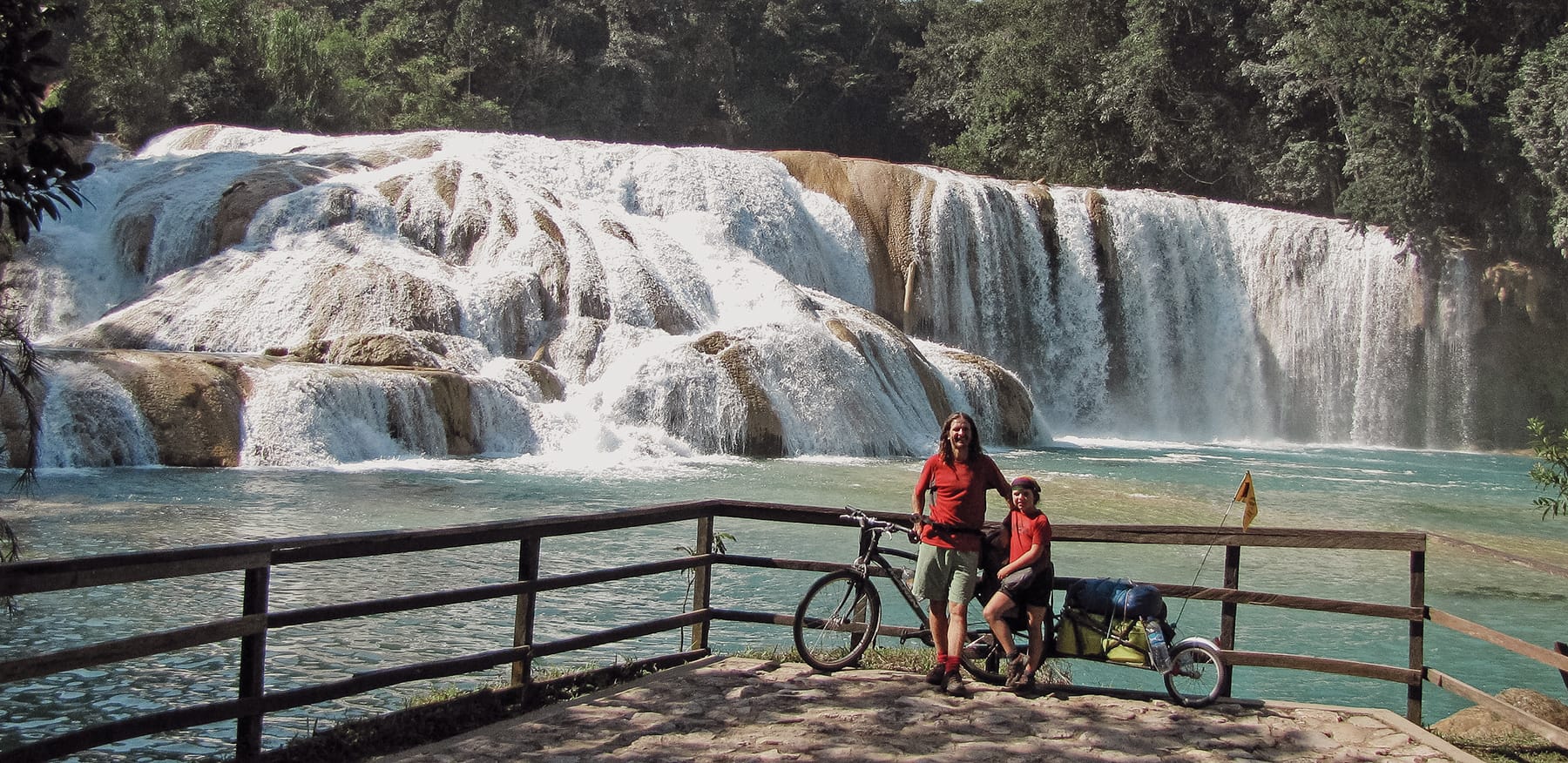
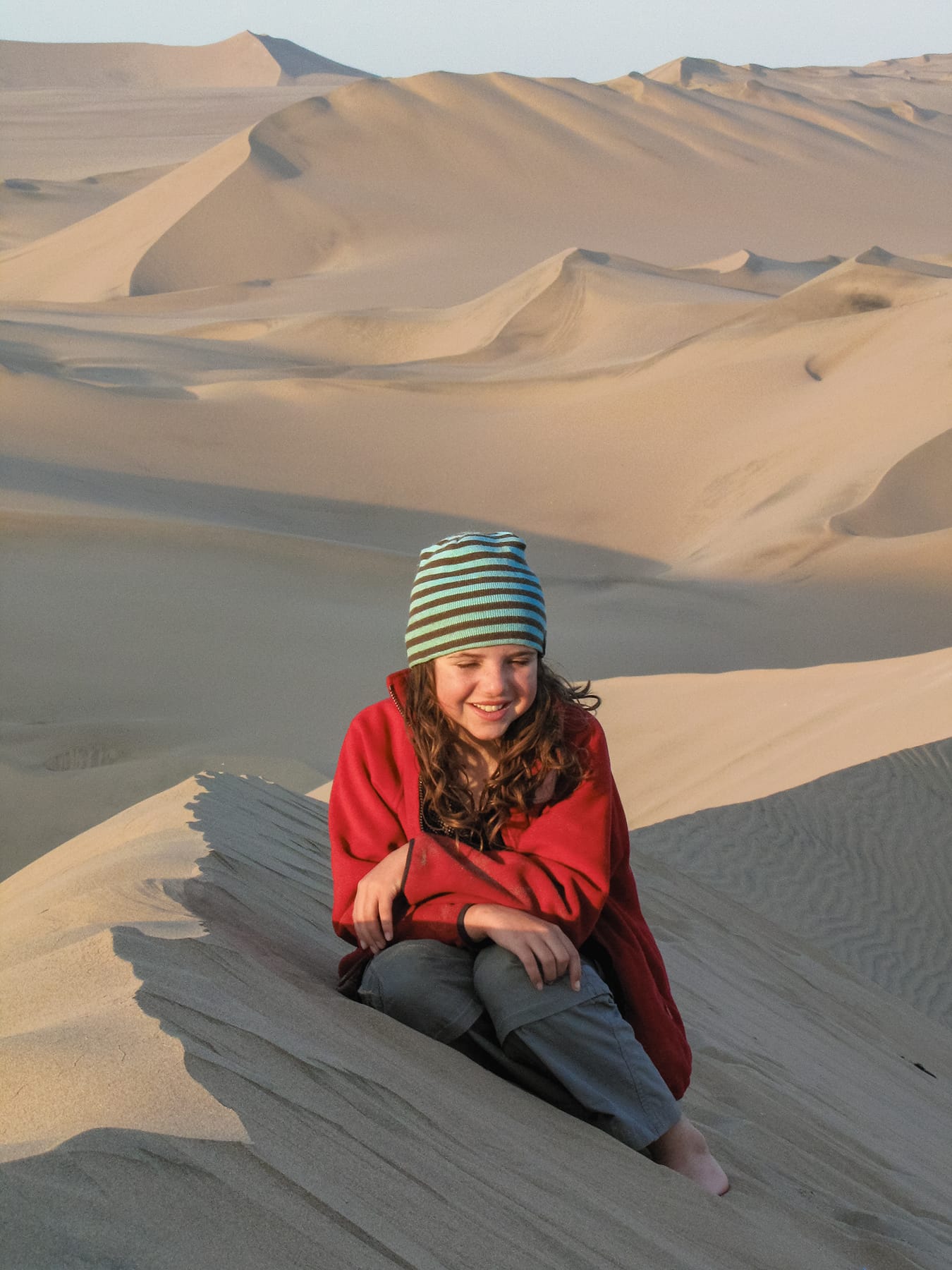
Kate (13), talks to Alistair Humphrys about the experience
Why did your parents decide to take you away on the big adventure?Because they are crazy. They have been taking me off on adventures since as long as I can remember although this was the longest.
What did you think about the plan? Were you happy or would you rather have stayed at home with your friends? To be honest when they asked me I didn’t give it much thought. When I was that age I didn’t really think that far ahead. I guess when you are younger you are less aware of how big things are. If I hadn’t wanted to do it though it wouldn’t have happened. I always get a say in the plans.
How do you feel now when you look back at the trip? Do you often think or talk about it? I love looking back on the trip and I often think about it. I don’t think I talk about it too much. (My friends might disagree!)
What were the best and worst parts of the adventure? It’s a hard question to answer. For me it was just a way of life for two years. Some of the toughest parts of the trip were also the best parts. Like the places where we had the hardest times or felt scared are the ones we look back on with the most fond memories. Like Mum and Dad always say that travelling through Mexico was the most challenging bit for them but if anyone asked which was my favourite country one of them would be Mexico.
Has the adventure had a positive or a negative effect on your school work? I think mainly a positive effect. My mum did schoolwork with me for about an hour every day and I had her all to myself. We took some really good workbooks with stickers all about a wizard called Wizard Whimstaff and his friends. My Dad practiced times tables with me on the bike and then asked me questions like how long it would take to get to somewhere depending on how fast we were going. As for subjects like Geography and History, we didn’t need books because the real thing was right there in front of me, so if we passed glaciers we learnt about those and in Peru we learnt about the Incas or volcanoes in Costa Rica or whatever we saw every day. I wrote a journal about my experiences and emailed it back to my class.
What would your advice be to other parents who are wondering about doing a big family adventure? My advice to other parents if you want to travel with kids is try and do it when they are fairly young. I mean I am 13 now and the idea of going away and leaving my friends for two years sounds much harder than back then. I found it easier to adapt and making new friends a lot less scary.
What would you say to people who think that children are too small, fragile and weak to travel around poor and maybe dangerous parts of the world? I think that is rubbish I can tell you I was a lot tougher than my Mum and Dad!
Do you still do adventurous things now you are back home? If so, what do you do? I have been kayaking my own sea kayak since I got back from the trip. My parents and I have almost finished kayaking around Skye together and I am in the kayak club. The three of us cycled from Lands End to John O’Groats last summer. And I trekked to Everest Base Camp when I was 11.
Would you like to do more adventures? If so, what would you like to do?If my future adventures are like the ones I’ve had then without a doubt though I’m not sure where or when or how. I guess I’ll just have to find out.
MORE INSPIRATION
READ Micro Adventures by Alastair Humphreys for ways in which you can bring mini adventures into everyday family life or his children’s book; The Boy who Biked the World at alastairhumphreys.com/books
WATCH Alastair’s beautifully shot, inspiring video on creating a micro adventure and engaging friends at alastairhumphreys.com/more/video
LOOK OUT FOR Kate and Ingrid are writing a book called Teddy Bears on a Tandem, about their adventures

